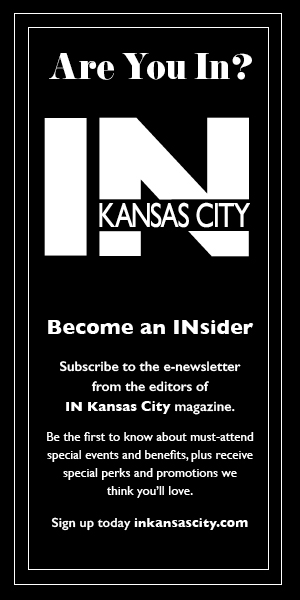Given that May is National Stroke Awareness Month, we asked healthcare professional Teri Ackerson to share her powerful story about suffering a stroke and how quick thinking and prompt treatment saved her life.

“May 27 will mark the seventh anniversary of my stroke.
At 10:30 a.m. that morning, I had just run six miles. It was Memorial Day—and there was a downpour. My son Parker and I were driving home after getting coffee, when I lost control of my left hand—nor could I feel my arm or face. I couldn’t talk, but he could. And the words he said were, ‘Mom, you’re having a stroke!’
I was 43 years old—and the poster child of health. So why was my 16-year-old son telling me I was having a stroke? Because I had an unknown congenital heart defect, and an abnormal heart rhythm that I didn’t know about because I was a busy working mom—ironically, a nurse who specialized in stroke care. Because I was too busy being the poster child of health for 40-something women that had careers and a teenager, I didn’t have time to take care of myself. I lived on caffeine, so my heart got a little racy. Every once in a while, I would get dizzy. Being overworked and under hydrated can do that to people. I was fine, everything was fine, I thought.

My son not only saved my life, he saved the quality of it. I taught my son the signs and symptoms of a stroke. I made sure he knew when someone was having a stroke, they were losing two million brain cells a minute. He knew that getting to the hospital fast was the most important thing to save my brain, to save me. I got lifesaving, brain-saving treatment. Because we didn’t hesitate, I got a drug that broke up the clot that was impeding blood flow to my brain. Parker got me to the hospital within seven minutes of my symptom onset, I knew that was 14 million brain cells. Parker also knew that as long as I was at the hospital within 4.5 hours of symptom onset, I had a good chance at intervention.

After my stroke, I ran a marathon 26 days later. I went back to work full-time as a stroke coordinator at a Primary Stroke Care Center and spent six months in outpatient physical, occupational and speech therapy. I became a fierce advocate for community stroke education, while I waited until Thanksgiving to have my heart repaired. (I might as well ruin one more holiday with my health issues, right? What are Moms for?)

Telling my story took on a life of its own. I found myself flying to New York City to be on The Today Show, then around the country to educate and advocate, help assess and evaluate stroke programs, making community education a priority, and aiding hospital systems to adapt and improve programs to insure timely treatment. I wanted every stroke patient to survive and thrive. I worked with an international pharmaceutical company making commercials to bring light to my abnormal heart rhythm called atrial fibrillation, explaining why it increases risk of stroke, and how to reduce the risk.

Again, ironically, May is National Stroke Awareness Month. May is also when Nurse Appreciation Week is observed—as well as Mother’s Day. I learn something new each year as I reflect on May 27th—the day my son saved my life. The day I had a stroke. In the unprecedented time we find ourselves in with COVID-19, the lesson to learn is one of being present. I literally ran from my stroke, not dealing with my emotion, trying to insure to everyone else ‘I’m fine, everything’s fine.’ I have learned to be present within myself, so I can be present for those around me. Put the phone down, turn off the TV. And while we can’t hug each other right now (I am a hugger), we can make eye contact and listen.

Every 40 seconds someone in this country suffers a stroke. Every four minutes someone dies from one. The importance of learning the signs and symptoms of stroke cannot be understated. The acronym “BE FAST” could someday help you, someone you love or a person you may meet on the street. Don’t just save a life, save the quality of it. Sharing my knowledge of prevention and treatment of stroke has become my war cry, my talisman, my way to give back. It’s my way to be present with those with whom I’ve crossed paths, hoping I make their lives a little better.”
— Teri Ackerson (BSN RN CNRN SCRN) is a seven-year stroke survivor and was a lifelong resident of Kansas City until earlier this year. She currently works as a stroke patient navigator at Riverside Regional Medical Center in Newport News, VA.


